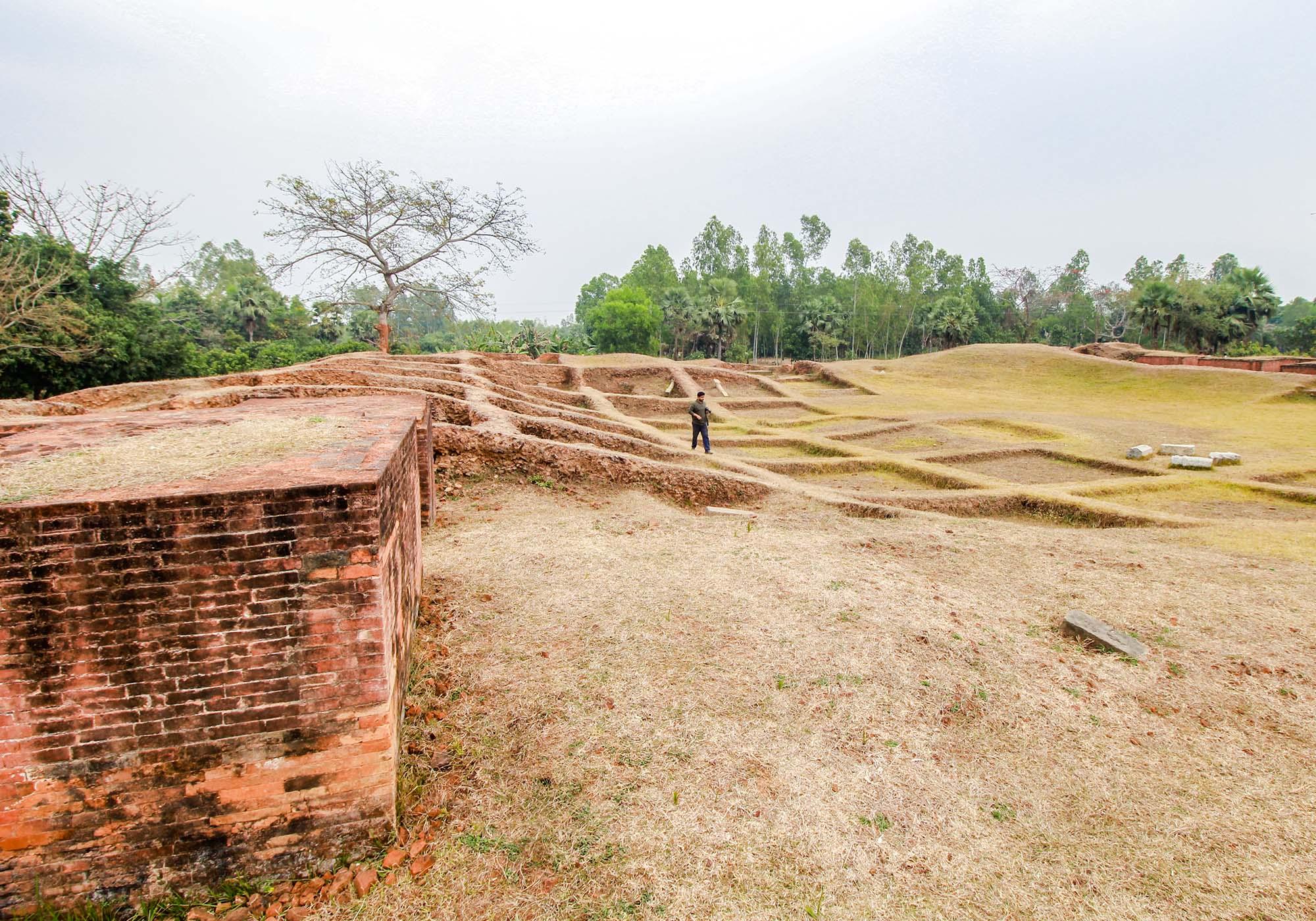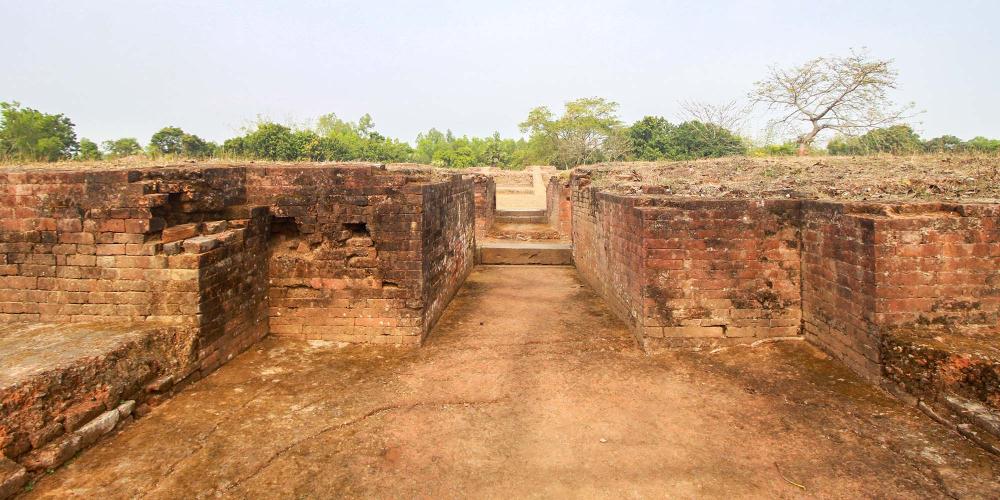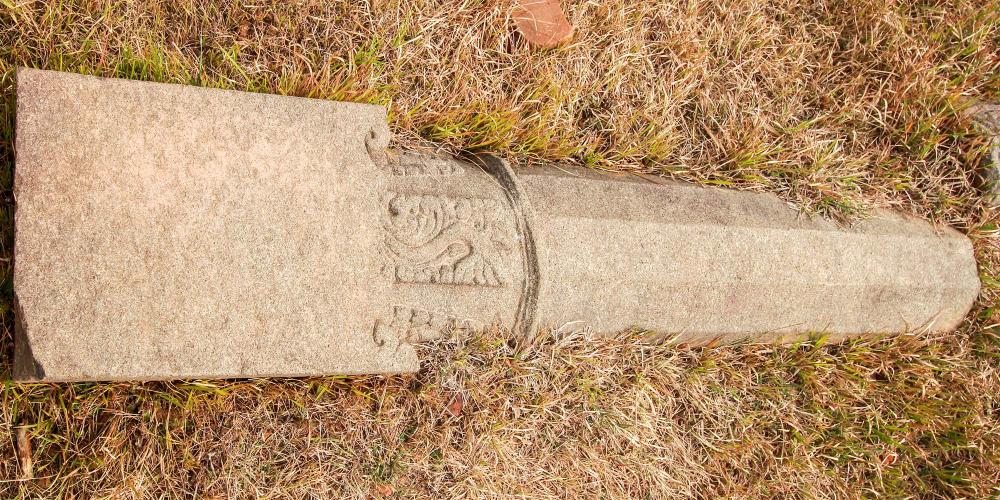Jagaddala Vihara

During the Pala Dynasty that ruled Bengal for almost 400 years, there were five monasteries established that were considered to be the most significant as centres of learning. One, of course, was at Paharpur. Another was at the nearby site of Jagaddala.
Jagaddala Vihara was founded by the later kings of the Pala Dynasty between the late 11th and mid-12th centuries. It was connected to Paharpur academically and the scholars were able to move between positions at the monasteries, fostering an even greater intellectual dialogue.

Archaeological excavations have revealed the ruins of a medium-sized Buddhist monastery with a main temple, which has its main entrance on the eastern side. There is no central temple like Paharpur's Somapura Mahavihara and the west wing only features one shrine. Although it is smaller than Paharpur, it also has an open courtyard surrounded by 34 monastic rooms on each of its four arms.
Archaeologists have recovered over 150 objects of art including stone sculptures, inscriptions, terracotta plaques, ornamental bricks, and a terracotta head. The sculptures include Khadirbani Tara, Avalokiteshvara, Heramba, Vishnu, Nairatma, Hevajra and his Shakti (the personification of the divine feminine creative power). Archaeologists have also found artefacts of daily use, like earthen pots and bowls, iron nails, dressed stone pieces, pedestals, and beads.

An interesting feature of the monastery is that granite stone was used for certain architectural components, including granite beams and granite pillars. The most common building materials of the time were black basalt stone and sandstone because granite was rare and costly. Excavations further show a large terracotta moulding on the outer wall of the monastery which features rich stone embellishments and tells the story of a prosperous era.
Jagaddala Vihara
Every day: 10:00 - 17:00
International visitor: Tk 200
Bangladesh national: Tk 20



